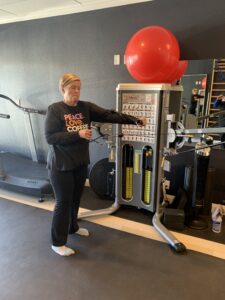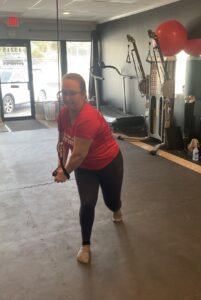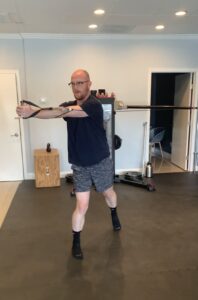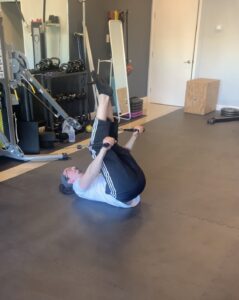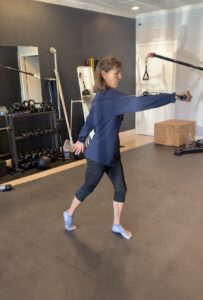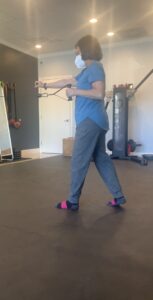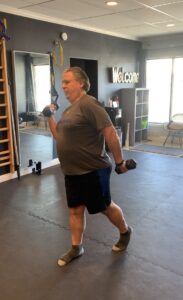Your body adapts to the demands you constantly place on it. This summarizes the science behind the SAID principle; Specific Adaptation to Imposed Demands. For example, by only doing squats for your lower body, your body adapts to this specific physical demand, but not to other patterns or environments for the lower body, like walking or running.
Another example can be if you sit for extended periods of time, your body will start to change and adapt its structure to the sitting environment that it’s constantly in. This makes it difficult to move correctly when you try to pick up your favorite recreational sport or hiking trail on the weekends, and leads to overuse on certain muscles and eventually pain or injury.
With only so many hours in the day, we all have minimal time to exercise. Which offers a unique opportunity to impose specific demands to counteract the effects of your normal environment. Meaning if you sit a lot, initially you’d want to choose exercises that promote trunk and hip extension, to work in opposition to the spinal kyphosis and hip flexion patterns of sitting. As opposed to sitting all day then getting on a bike and cycling; same pattern/demand as sitting. So nothing improves and your body further adapts your structure to your sitting environment. This can be a problem when you expect your body to perform like it always has.
Circle back to our initial example about squatting and the limits it places on your lower body function. The muscles of the lower body- glutes, quads, hip flexors, calves, plantar fascia, etc.- have all evolved to help the human structure walk and run. It wasn’t until the 1960’s-1970’s that Arnold Schwarzenegger popularized training the muscles outside of their intended functions and with exercise patterns that didn’t replicate the way the muscles worked together to produce human specific movement. A couple decades of consumers training the human body this way (coupled with a more sedentary lifestyle), led to a disassociation with our natural movement and one of the main reasons most people deal with some form of ache, pain, or injury. The body has adapted to exercises that don’t mesh with the way the body actually needs to move.
Whatever demand you put your body through repetitively, intensely, and subconsciously will be what your body is forced to adapt to. Make sure what you’re teaching your body has a carry over to the roots of your human function, so you can continue to move well, without pain, as you age.


